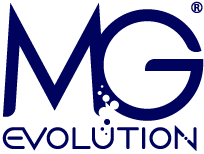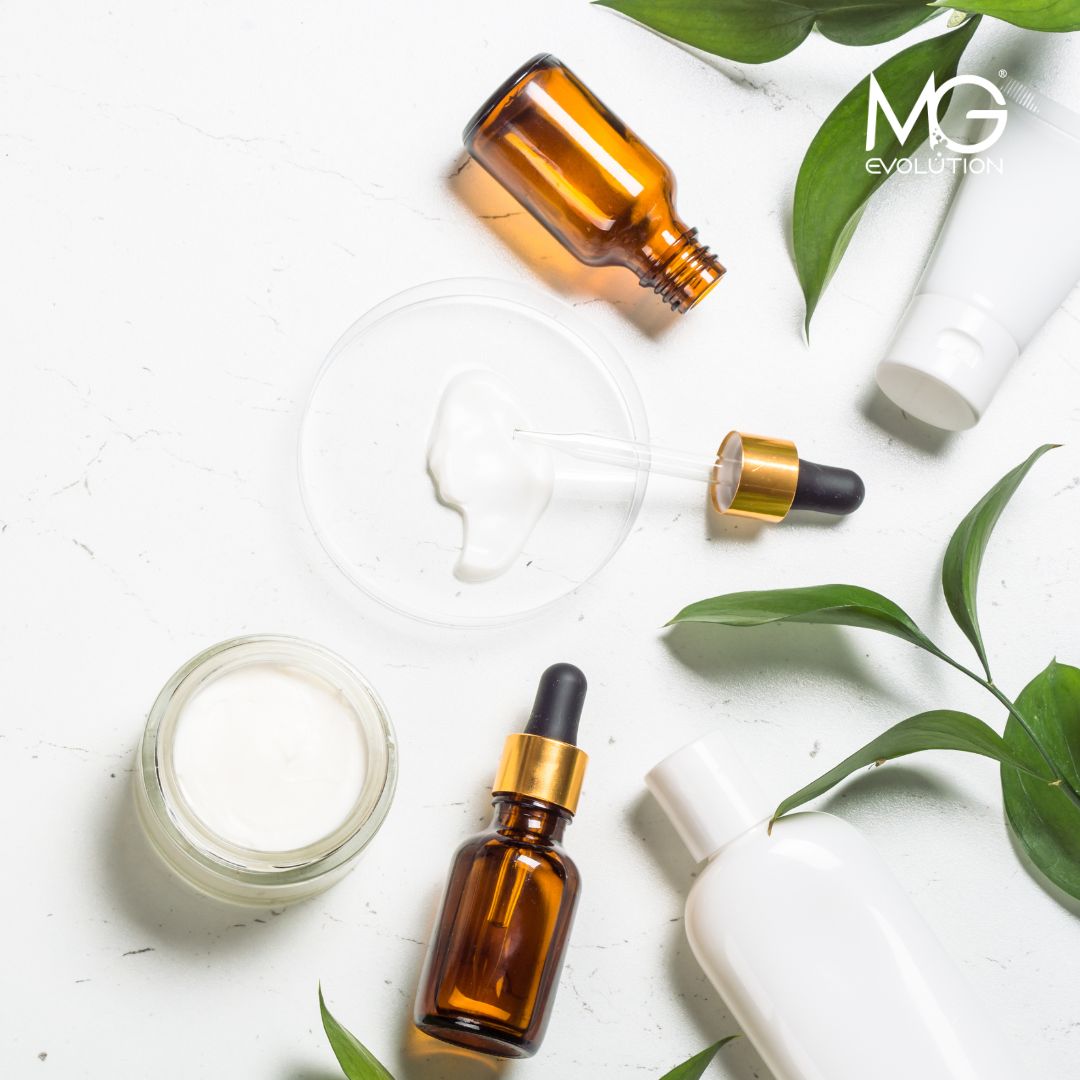Did you know that billions of small plastic packaging items – such as caps, tubes, or miniature containers – end up in landfills every year? Despite growing regulatory pressure and eco-friendly initiatives, these small items still represent a “blind spot” in the recycling system.
According to the latest report from Closed Loop Partners, the issue lies not only in the scale of the waste but also in the inadequately adapted recycling infrastructure. Small formats – often smaller than two inches – slip through standard sorting devices, leading to massive material losses and increasing contamination in other waste streams, such as glass.
🔹 Why is this a challenge for the cosmetics industry?🔹
Economic losses: Companies face difficulties sourcing high-quality recycled raw materials, which affects the supply chain.
Regulatory pressure: Both Europe and the USA are introducing extended producer responsibility regulations, meaning brands are obligated to reduce plastic waste.
Consumer awareness: Most customers are unaware that small plastic packaging often isn’t recycled.
🔹 What can we do?🔹
Modernizing infrastructure – New technologies enable more effective capture of small plastics.
Industry collaboration – Innovations require engagement from both manufacturers and policymakers.
Designing for recycling – Simplifying packaging designs is key to effective recovery.
🔹 The Future Lies in Innovative Solutions🔹
A report developed in collaboration with Kraft Heinz, L’Oréal, and Maybelline New York highlights the need for innovative solutions and adaptation to increasing regulatory pressure, especially in light of upcoming legal changes in Poland and the European Union.
Source: Closed Loop Partners – Small Plastics Recovery Report 2025




